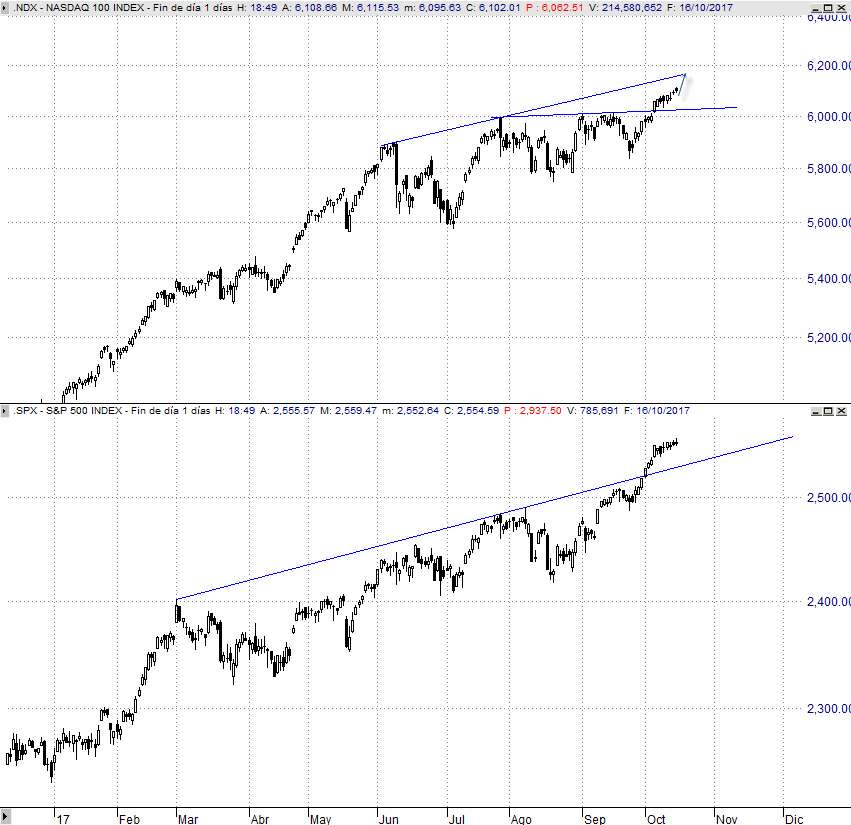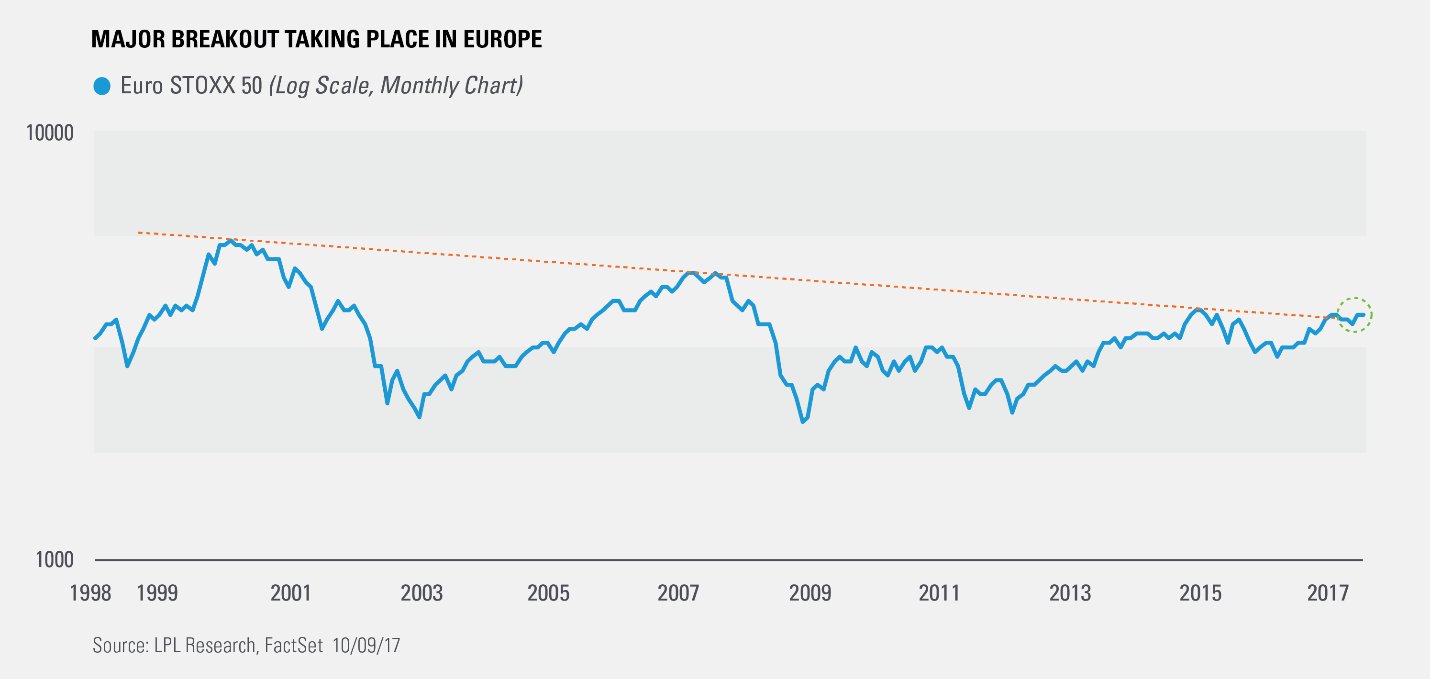businessinsider.com
Graham Rapier: Tell me about your involvement in the creation of VIX.
Bob Whaley: The idea of a volatility index comes from Gary Gastineau in the late '70s, and at that point there were no index options. What he proposed and created was this volatility index based upon the volatilities of high-market-value stocks, and so the idea had been around for a while.
In the early '90s I had done some work for the CBOE around market volatilities. They were associated with the market crash of October 1987, when implied market volatilities went well over 170% — well over today's level of about 11. It was a pretty intense time.
The CBOE enjoyed the work that I did for them and asked me to develop a volatility index for them, and that's what I did. I took all of their data, took a sabbatical from Duke, and headed off to France — so the VIX was actually created by a Canadian in France using American data.
They needed a company identifier, and they were so pleased with my work that they wanted to choose REW, my initials. But the American Exchange had the ticker symbol REW, and they refused to trade. So the guy I was working with at CBOE faxed me a list of potential symbols to be used for this volatility index, and I chose VIX. After the fact, it would make more sense — but I had an opportunity for fame and it went by the wayside.
Rapier: How do you explain VIX, and the trading products that are based on it, to an everyday person?
Whaley: Technically speaking, it is the expected volatility of the S&P 500 over the next 30 days. But the way I explain it is the price of insurance.
If you were to own a house on the North Carolina coast or Florida coast and you hear the news of this hurricane coming, would you be willing to pay more for insurance? And the answer to that is presumably so. In normal times, you may not be willing to pay as much. But when you know an event like that has a strong probability of occurring, what you'll do is pay more for insurance.
What happens is people want to buy more insurance, and the insurers are willing to sell it, but not at the same price. What they'll do is escalate their price because they have to be hedged in terms of their exposure. So during these times, like the hurricanes, people are willing to pay extremely more for insurance.
The analogy is institutions or people may have a pension fund largely consisting of stocks, now what happens when they become frightened of a stock market crash? They can exit their position, but they can also buy index put options. Essentially those are the insurance policy. These put options provide you with insurance on your stock portfolio, so if the market dives, the value of these put options will go way up and you won't lose any money.
The reason it's called the investor fear gauge is simply because it's driven by the demand for S&P 500 index put options. If institutions become frightened by certain geopolitical risks, what they'll do is rush in and buy a bunch of index puts. When they buy those, the VIX level will go up because it's nothing more than a weighted average of the prices of those puts.
Rapier: How should people interpret current VIX levels?
Whaley: When you see VIX go up, you can know there are a bunch of people out there that are buying insurance on the stock market because they're anxious about something. When VIX goes down, it's just recognition that people aren't too worried. The average closing level is 19. If it's 11 now, that means people aren't particularly concerned. At the same time, its level was 9 a couple weeks ago, so there's clearly more anxiety now than there was a few weeks ago, but relative to its entire history it's just not that big a deal.
Rapier: What do you make of all this attention it's getting lately?
Whaley: I don't think people understand it as well as they should. The VIX doesn't trade. It's just a number produced from these 250 S&P 500 option prices. But what does trade are the VIX futures and the VIX options, which are related to VIX but in a strange way. Where VIX is the volatility over the next 30 days, VIX futures is the expectation of the volatility 30 days from now. Those two series don't behave like one another, in fact quite differently. VXX is incredibly actively traded. Would I have thought it would be this actively traded? No, but it is.
I think the VIX futures index is particularly staggering. It probably trades more shares in a day than Microsoft. If you look at the turnover ratio, you'll find that it's a huge number. If people were just buying and holding, that number would be much lower.
Rapier: What kinds of investors are trading these instruments? Are they doing it in a smart way?
Whaley: If you look at VXX and go to 13F filings, you'll see it's largely an instrument used by retail customers, not institutions. If you go over to the ownership of XIV, it's largely institutions that know that this thing will go downward through time. It only goes down a few cents a day, but if you get a volatility spike, you'll lose money, but you're not going to get that many spikes if you have a long-term investment.
In fact, if you go to the prospectus of these things, it explicitly states that if you buy and hold these things, you're assured to lose most if not all of your investment. But people do still buy and hold, and it's largely retail customers. Because how many retail customers look at a prospectus? Those things are 300 pages long. They don't do that. The issue I have is if you're a sophisticated investor, like an institution, they know exactly what's going on. Retail customers don't.
Rapier: Do you trade any VIX-linked products yourself?
Whaley: Yes I do. I buy long-term put options on VXX, because I know VXX is going to go down through time. There may be days where there's a spike in volatility, but I don't care because these options have three years to maturity, so I just let their prices go up as VXX goes down. It's worked pretty well.
























